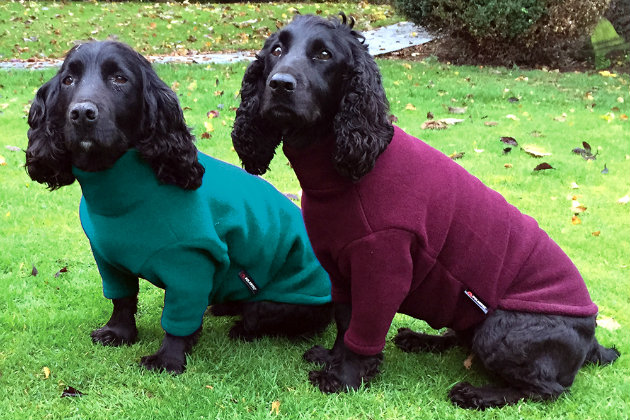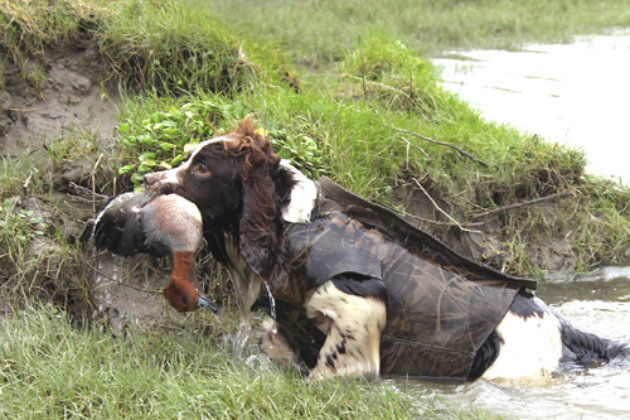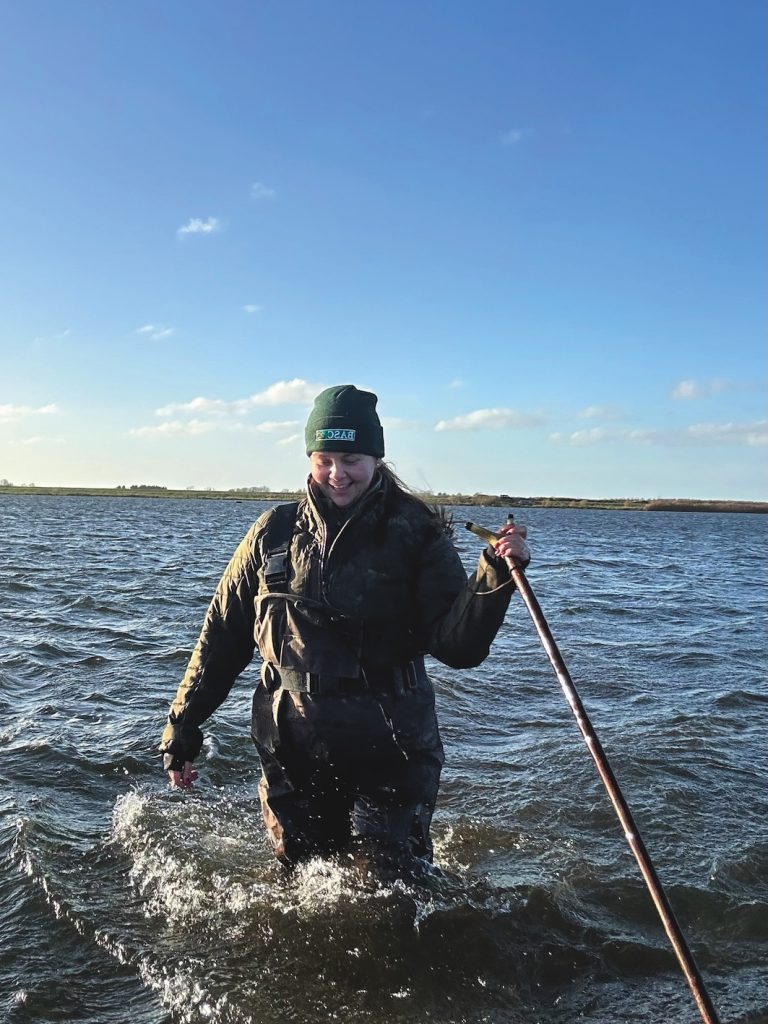Win CENS ProFlex DX5 earplugs worth £1,149 – enter here
Are dog coats really necessary?
Have you got any experience of neoprene coats for gundog training? Do they work?
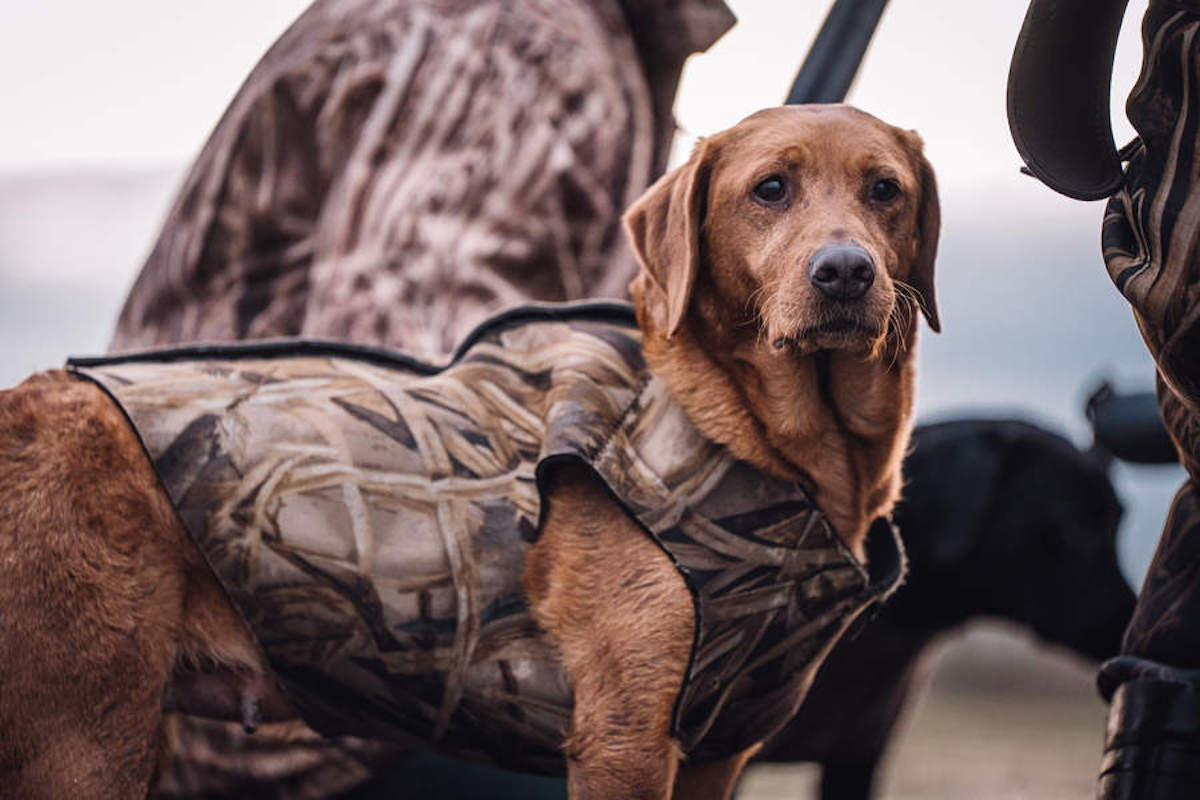
Do you dismiss dog coats as just unnecessary fashion accessories for four legged companions. Or do you think that they are useful and necessary?
Well, a lot depends on the breed of gundog you have. Working dogs sometimes need a coat to protect them when they’re doing their job. (For example, a lot of wildfowlers like to use neoprene camo coats on their working wildfowling dogs.) (Read our guide to the best dog coats here.)
Different types of dog
Dogs have natural furry coats but they differ from breed to breed. Single-coated breeds have, as the name implies, only a single layer of hair and lack any form of undercoat. These are typically breeds that come from warmer climates and able to tolerate very warm weather; breeds such as the Chihuahua and the Basenji. So if they’re in colder climes they’ll need a coat (although you’re highly unlikely to see a Chihuahua in the field).
View this post on Instagram
Dogs that don’t need coats
Double-coated breeds have a top coat of stiff guard hairs and a dense undercoat to provide insulation. The inner layer of insulation keeps the dogs warm, while the outer layer offers weather-repellant qualities to keep the dog dry and protected from the elements. The Siberian Husky and Alaskan Malamute, for instance, are double-coated breeds that are well adapted to cold climates. Double-coated dogs are unlikely to need additional protection –— indeed, wearing a coat could even cause them to overheat.
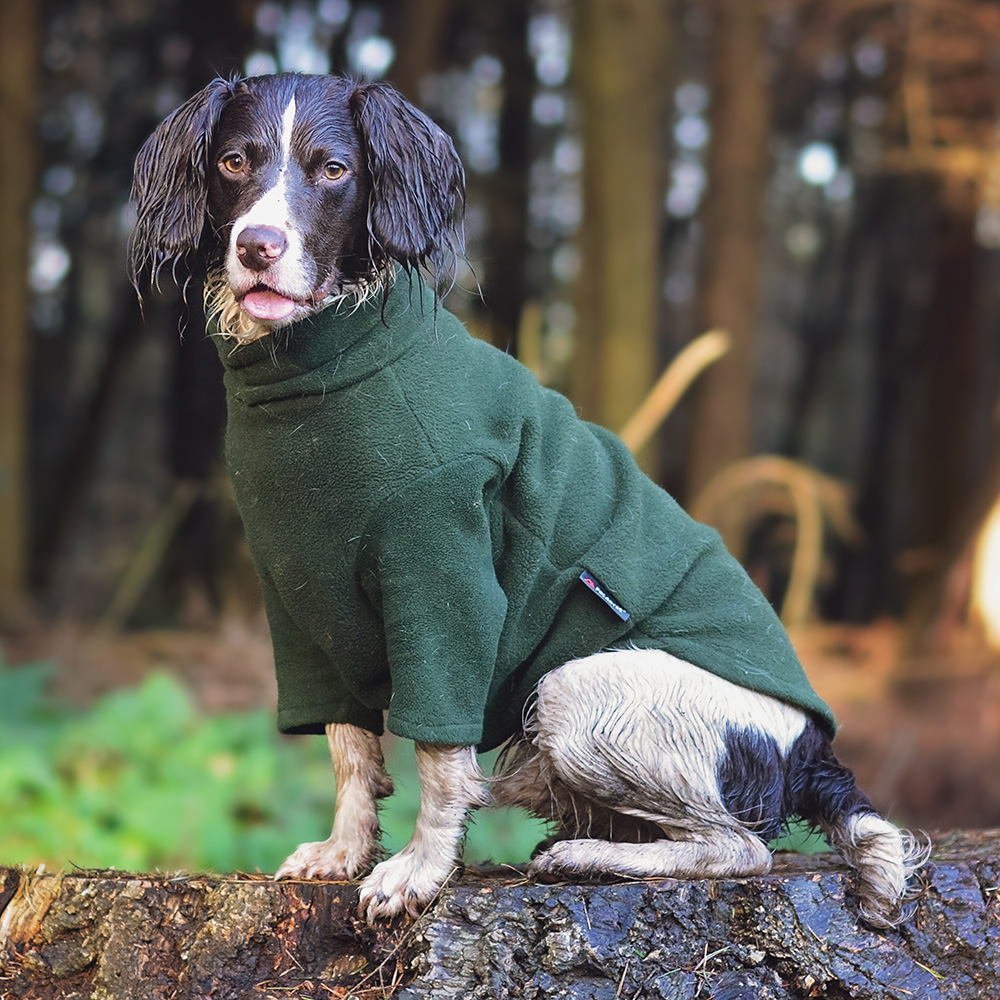
A well worn coat by Equafleece
Working dogs and coats
In cold, wet and snowy weather working dogs like spaniels can become very wet and chilled. On those days you might want to wrap up a shoot day early and you should always dry off any wet dog with a towel before putting them back in the vehicle. A fleece coat, like those from Equafleece, will wick away remaining damp from the dog and keep the warmth in, whilst drying off the dog quickly.
Shooting Times contributor and keen wildfowler Richard Negus comments: “My cocker Mabel is not blessed with a waterproof coat of her own, therefore a neoprene coat makes amends for that. I only use one when the weather really makes a turn for the worse, but it certainly keeps her warm and aids buoyancy. Personally I keep her well trimmed in the season, it seems to keep her more comfortable whilst wearing her real tree life jacket!”
Are dog jackets needed for wildfowling labradors?
Tom Sykes says: “I have used dog jackets for all of my wildfowling dogs. They are great pieces of kit to keep dogs warm during cold days on the foreshore. The weather may seem mild sometimes, but you can soon get a sense of how bitterly cold the water can be whilst messing with the decoys. Dogs can often do a water retrieve and then spend the next few hours wet without moving, which certainly isn’t pleasant. A jacket helps keep the dog’s core warm and keeps him or her relatively dry.
“All my dogs have soon become accustomed to the jackets and always seem to get excited when they put it on, as it is associated with shooting. The jackets also help camouflage the dogs, which is especially useful with my dog Goose, who is light coloured. Another advantage is they will help keep the dogs a little cleaner. ”
Older dogs feel the cold more than younger dogs
The single-coated breeds, particularly those with a low body mass, will be the dogs that benefit most from wearing a coat in cold weather. Many sighthounds, such as whippets, greyhounds and lurchers, have short coats and little body fat. These dogs might also benefit from wearing a coat immediately following a bout of intense, strenuous exercise to help prevent them from becoming chilled as they quickly lose excess heat.
Dogs that are low to the ground will benefit from wearing a coat to help negotiate puddles and ice, but it is also important to consider the dog’s age and health. Like us, dogs feel the cold more as they get older and dogs suffering with diabetes, heart disease, cancer and kidney disease are more prone to suffering the effects of the cold.
This article was originally published in 2014 and has been updated.
Related Articles
Get the latest news delivered direct to your door
Subscribe to Shooting Times & Country
Discover the ultimate companion for field sports enthusiasts with Shooting Times & Country Magazine, the UK’s leading weekly publication that has been at the forefront of shooting culture since 1882. Subscribers gain access to expert tips, comprehensive gear reviews, seasonal advice and a vibrant community of like-minded shooters.
Save on shop price when you subscribe with weekly issues featuring in-depth articles on gundog training, exclusive member offers and access to the digital back issue library. A Shooting Times & Country subscription is more than a magazine, don’t just read about the countryside; immerse yourself in its most authoritative and engaging publication.






